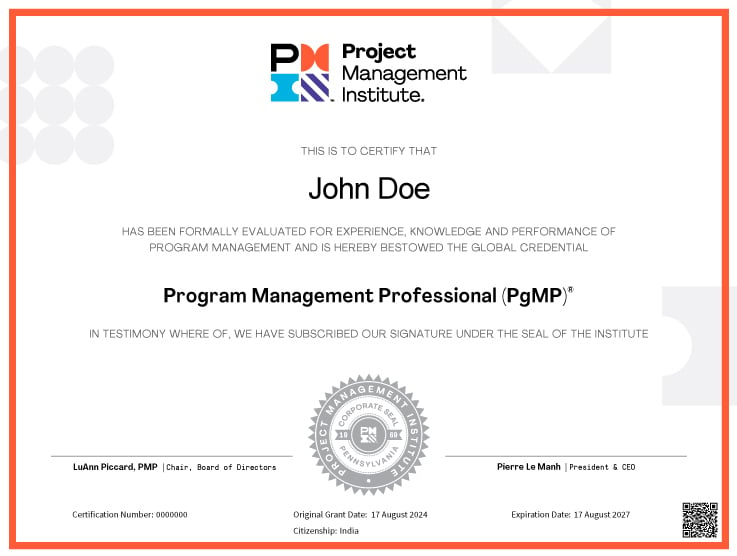

PgMP Certification Syllabus covers all the essential areas of program management. It includes topics like strategic alignment, stakeholder management, governance, and risk management. Designed for experienced professionals, the PgMP syllabus equips you with the knowledge to handle complex programs and prepares you for the PgMP exam to advance your career.
Read more..._1736502618.png)

Skill you'll gain : Program life cycle management, Program Governance
24 Hrs|03 or 06 days
180K+ Enrolled
PgMP Certification Syllabus covers all the essential areas of program management. It includes topics like strategic alignment, stakeholder management, governance, and risk management. Designed for experienced professionals, the PgMP syllabus equips you with the knowledge to handle complex programs and prepares you for the PgMP exam to advance your career.
Read more..._1736502618.png)

Skill you'll gain : Program life cycle management, Program Governance
24 Hrs | 03 or 06 days
180K+ Enrolled

15+ years
Experienced Trainers
20
+Trainers
1700
+Certified
4.9/5
+Rating
15+ years
Experienced Trainers
20
+Trainers
1700
+Certified
4.9/5
+Rating
This PgMP certification exam topic teaches how to manage large programs, focusing on aligning projects with business goals, working with stakeholders, ensuring effective governance, and delivering lasting benefits for organisations.
Task | Description |
| Task 1 | Check the program’s goals, risks, and needs to make sure it matches the company’s plan. |
| Task 2 | Create a simple roadmap with key milestones and costs for approval from leaders. |
| Task 3 | Set the financial plan and schedule for the program’s next steps. |
| Task 4 | Define the program’s mission based on what stakeholders expect and need. |
| Task 5 | Review the program’s business case to confirm it’s realistic and aligns with company goals. |
| Task 6 | Analyse market data and internal factors to identify benefits and set the program scope. |
| Task 7 | Estimate the financial and other benefits to secure funding and decide on project priorities. |
| Task 8 | Consider legal, social, and ethical factors to ensure the program is possible and supports stakeholders. |
| Task 9 | Present the program plan with key details for leadership approval to move forward. |
| Task 10 | Find ways to align and integrate resources and systems across the program. |
| Task 11 | Look for opportunities to change and improve the program to maximise benefits. |
( * Shows that the knowledge is also part of another domain, listed in parentheses.)
Task | Description |
| Task 1 | Create the program charter, including scope, risks, benefits, stakeholders, and how the program supports business goals. |
| Task 2 | Work with stakeholders to translate strategic goals into high-level program scope statements. |
| Task 3 | Develop a program roadmap using goals, historical data, and resources to align with strategy and manage stakeholder expectations. |
| Task 4 | Create a responsibility matrix to assign roles and build the program management team. |
| Task 5 | Set up measurement criteria and KPIs to monitor program success and control expectations. |
| Task 6 | Conduct a program kick-off meeting with stakeholders to gain their support. |
| Task 7 | Define the detailed program scope by incorporating internal and external goals and influences. |
| Task 8 | Develop the Work Breakdown Structure (WBS) to plan tasks and deliverables. |
| Task 9 | Create the program management plan and schedule by integrating all project plans. |
| Task 10 | Review and adjust resource requirements to optimize efficiency across the program. |
| Task 11 | Select tools and processes to manage program information and share knowledge. |
| Task 12 | Identify and manage unresolved issues by establishing an escalation process to ensure benefits are achieved. |
| Task 13 | Develop a benefits management plan, including how benefits will be integrated and sustained after program completion. |
| Task 14 | Develop KPIs and manage the scope and quality within the program. |
| Task 15 | Monitor and improve human resource management and team motivation for better program outcomes. |
| Task 16 | Initiate constituent projects by assigning project managers and resources. |
| Task 17 | Standardize processes, tools, and resources to ensure consistency across the program. |
| Task 18 | Set up a communication and feedback plan to capture lessons learned throughout the program. |
| Task 19 | Lead the human resource function by providing training, mentoring, and recognition to improve team engagement. |
| Task 20 | Review project managers' performance and contributions to overall program goals. |
| Task 21 | Execute program plans and audit results to ensure the program aligns with strategy and delivers expected benefits. |
| Task 22 | Consolidate data and use reporting tools to track program performance and communicate to stakeholders. |
| Task 23 | Evaluate the program’s status and update stakeholders on its progress. |
| Task 24 | Approve the closure of projects when deliverables are completed and the scope is met. |
| Task 25 | Analyze variances in costs, schedule, quality, and risks, and take corrective actions as needed. |
| Task 26 | Update program plans with corrective actions to ensure efficient resource use and goal achievement. |
| Task 27 | Manage program-level issues, ensuring actions align with scope, constraints, and objectives. |
| Task 28 | Control changes to scope, quality, schedule, cost, and risks according to the change management plan. |
| Task 29 | Assess the impact of program changes and seek approval based on the governance framework. |
| Task 30 | Manage risks according to the risk management plan to ensure benefits realisation. |
| Task 31 | Create a performance report by comparing actual results with planned data for scope, quality, cost, schedule, and resources. |
| Task 32 | Close the program within the established governance framework. |
| Task 33 | Transition and close out the program, archiving documents, and transferring ongoing activities. |
| Task 34 | Conduct post-program review meetings to capture lessons learned and feedback. |
| Task 35 | Report and archive lessons learned and best practices to improve future programs. |
( * Shows that the knowledge is also part of another domain, listed in parentheses.)
Task | Description |
| Task 1 | Create the benefits realization plan, including measurement criteria, and communicate it to stakeholders and sponsors. |
| Task 2 | Identify and capture efficiencies throughout the program, and update the benefits plan to keep stakeholders informed. |
| Task 3 | Develop a sustainment plan for managing benefits after program completion, including processes and tools to ensure ongoing benefits. |
| Task 4 | Monitor program metrics and take corrective actions to ensure or improve benefits realization, using forecasting and analysis. |
| Task 5 | Verify that the close and transition of projects meet the benefit criteria to achieve strategic goals. |
| Task 6 | Keep track of the benefits register and report progress to stakeholders through the communication plan. |
| Task 7 | Review and update the benefits and sustainment plans for risks, uncertainties, and necessary corrective actions, and communicate to stakeholders. |
| Task 8 | Create a transition plan to ensure the products and benefits delivered by the program are sustained in operations. |
( * Shows that the knowledge is also part of another domain, listed in parentheses.)
Task | Description |
| Task 1 | Identify stakeholders, including sponsors/steering committee, and create a stakeholder matrix to understand their position relative to the program. |
| Task 2 | Analyse stakeholders using historical data, interviews, agreements, and other sources to create an engagement plan. |
| Task 3 | Negotiate stakeholder support and set clear expectations, such as KPIs, to ensure alignment with program goals. |
| Task 4 | Ensure the program's visibility and confirm stakeholder support to achieve strategic objectives. |
| Task 5 | Develop and maintain tailored communication strategies for different stakeholders to ensure ongoing support. |
| Task 6 | Evaluate stakeholder-identified risks and incorporate them into the program’s risk management plan. |
| Task 7 | Build and maintain relationships with stakeholders to enhance communication and strengthen their support. |
Task | Description |
| Task 1 | Set up program and project standards (governance, tools, finance) to make the program more efficient and consistent. |
| Task 2 | Choose a governance structure that matches the organisation’s rules to meet program goals. |
| Task 3 | Get approvals through stage gate reviews to move the program to the next phase. |
| Task 4 | Track key metrics (e.g., risks, financials, quality) to monitor program benefits. |
| Task 5 | Use a program management system to organize data and update stakeholders. |
| Task 6 | Regularly review risks and update the risk plan for approval. |
| Task 7 | Set up procedures to handle risks at the right level. |
| Task 8 | Contribute to a repository for lessons learned and best practices to help future projects. |
| Task 9 | Apply lessons learned to improve current and future programs. |
| Task 10 | Monitor the program’s progress to ensure it stays aligned with strategic goals. |
| Task 11 | Ensure the program’s plan supports both operational and strategic goals. |
This PgMP exam is a four-hour test with 170 questions, 150 of which are scored. The questions are written and reviewed by qualified PgMP credential holders and mapped to the PgMP Examination Format.
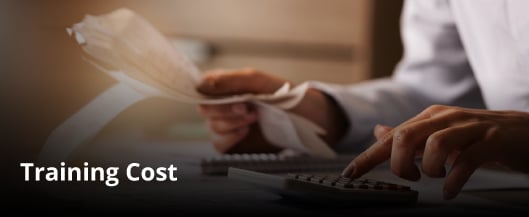

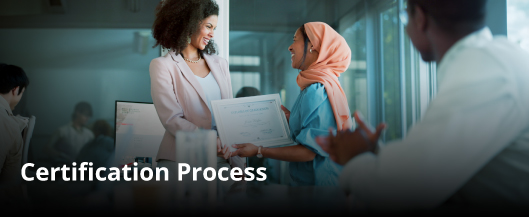

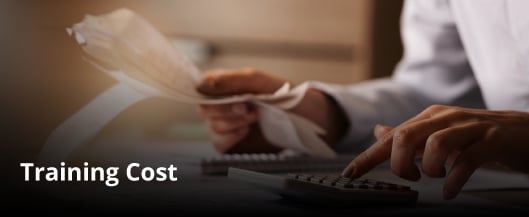



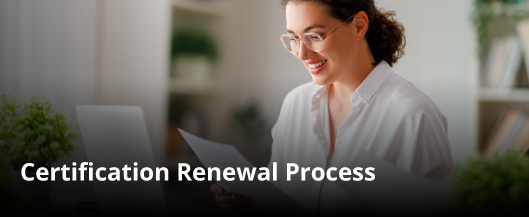

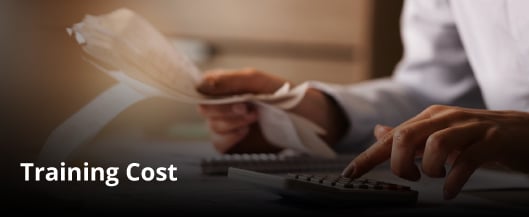
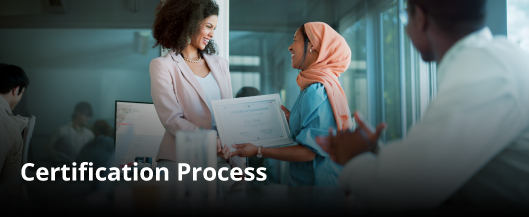












_1736418995.jpg)



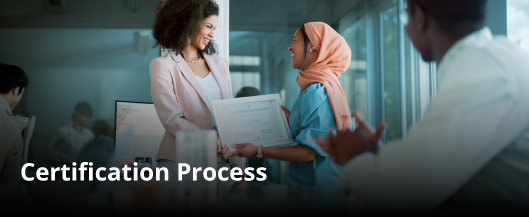
























_1736418995.jpg)




GET THE PgMP CERTIFICATION
